Extra! Extra! Read all about your extracurriculars!
Many students at Erie are heavily involved in schools and clubs, here are some of the benefits and reasons why.
February 2, 2018
Nearly any high school student would agree that the pressures of high school are pretty intensive, adding distractions seems kind of ridiculous. But extracurriculars in a student’s schedule prove to help relieve stress and improve performance in several areas of life.
I had originally set out to write an article on the overwhelming pressures of students in competitive extracurriculars. However, after looking further into the matter, I discovered this was not the case at all. Athletes make up some of the highest academic students in the school, closely followed by performers closely follow them. Involvement in a group of people creates a community of people to meet, as well as statistically proven better performance and drive in high school.
Of course, many would question of why anyone would want to add more stress onto their plate. High schoolers are notorious for their lackluster attitude and chronic sleep deprivation, but an enjoyable activity outside of the classroom can be therapeutic to a stressed brain. Roughly 60 percent of students manage to enjoy activities inside and outside of the school.
For many, the fear of declined academic performance weighs heavily on students and parents. It would make sense that more time committed to practice or games means less time to work and focus. However, the opposite response is much more common. Many studies have found student athletes often have much higher GPA, graduation rates, and lower dropout rates than non-athletes.
Similar results are found in musicians too. Reading music has been equated by professionals as learning another language. The ability to translate random symbols on a piece of paper to a complex structure of hand shape, sound, and rhythm is its own form of syntax. This translates to better performance in the classroom as well. The Fly Away Foundation discovered musicians perform on an average of 50 points better on SATs in both math language.
String musicians in particular also gain a special skill form music. Crossing the corpus callosum or the “midline” is developmental skill many of us learn at a young age. Our brains are considered to be split in two down the middle. The “left brain” and “right brain” have seperate functions and emphasis on skill. As children many fine motor skills like writing with a pencil are developed when our hands cross this midline. Musicians develop many skills with dexterity and thinking with both sides of the brain from crossing the midline.
When interviewing several teachers, the consensus was unanimous: Student involved in many activities are generally the most successful and driven in school. Judy Trinkner has been teaching both internationally and locally for 25 years and has had the opportunity to observe lots of student behaviors, “In general, I have found student athletes to be more focused…Because they don’t have time to waste. When they have time to pinch in extra work or extra homework they usually take advantage of that where others sometimes don’t.” Trinkner says.
Similarly, social studies teacher Kaitlyn Gentert has witnessed an increase in the expectations on student athletes in the last eight years or so. “Because they have those expectations on them, because they have to maintain a certain grade and attendance to classes to participate I think you see a little more motivation to perform and play.” Gentert has observed.
This ambition is easy to track, many of Erie’s top academic performers are involved in a sport. Some a=examples of the overachievers in the school are Witt Unruh and McKayley Green. Unruh currently plays football and wrestling while juggling a GPA of 4.7, and trumpet in the jazz band, and many other extracurriculars. Current senior valedictorian Mckaley Green has played basketball all four years and is one of the five starting players on her varsity basketball team. She has also been participated in link crew, math honor society, and is president of Erie’s honor society. She also spends lots of time in her activities and says this is definitely worth it, “I definitely think that playing basketball has improved my high school experience. I have been able to make a lot of friends and memories through it, I will forever be thankful for that.”
The academic performance is greatly improved by extracurriculars, it can also help to improve a student’s mental state. Providing teens with resources to express their talents and passions leads to a great outlet. Dan Mestas has been a coach for 30 years and a teacher for 33 years. “Across the board, studies have shown that anyone active in any club or activity tends to do better than those not involved at all.” he observes. Teenagers can have a long stressful day of doing work or school, then they can spend time doing what they love.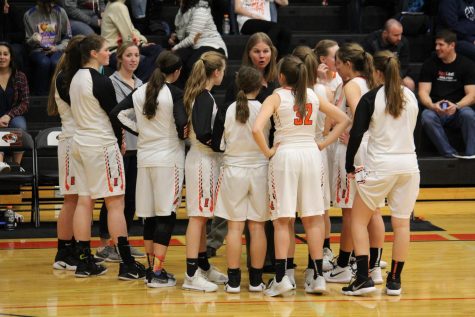
“I absolutely love being in the sport that I play…I think it’s sometimes therapeutic. Over the years, it has become a kind of escape from the stresses of my everyday life because it allows me to channel my feelings into something else.” Green reflects fondly. All students would agree that clubs provide a source of happiness and respite from the tumultuous world of high school.
Of course, happiness and structure contributes to a person’s character. Team sports and group ensembles require a lot of cooperation, compassion and cohesion to be successful. Coaches provide huge mentor roles for students. “I think the number one expectation on most athletes in many teams is that they’re a good humans, good people…not only on the the court, but being a positive contributor to the community.” Liz Russell, longtime coach, teacher and current assistant principal at the school explains. Mestas also shares these beliefs. In fact every person I’ve spoken to shares the conviction that sports are a great way to shape someone’s character and attitude.
There is also something to be said about school representation in clubs. “For sports, I think one of the most dearest things are the high school sports, because you’re out there playing with people you’ve grown up with or the people you see everyday…Doesn’t matter if you’re in football, drama, or agriculture, you’re putting your efforts to represent the high school. And to me that is one of the purest things you can do.” Mestas explains.
And this is true, there is nothing more exciting for a team than the feeling of just beating a rival. For performers, the satisfaction of hearing the applause at the end of a school concert is tremendous. “At the end of the day no matter what you’re doing, you’re creating something real and tangible for others to enjoy or take pride in.” Miranda Lorenzo, cellist for the Longmont Youth symphony describes.
“High school is what you make of it…what you put into it is what you get out of it.” Assistant principal and long time basketball coach Liz Russell states. Many students are already juggling sports, music, and advanced classes while leading thriving social lives. High school is a time to discover hidden aptitudes, and extracurriculars are a great way to meet people, gain skills, and expand knowledge in unexpected ways.







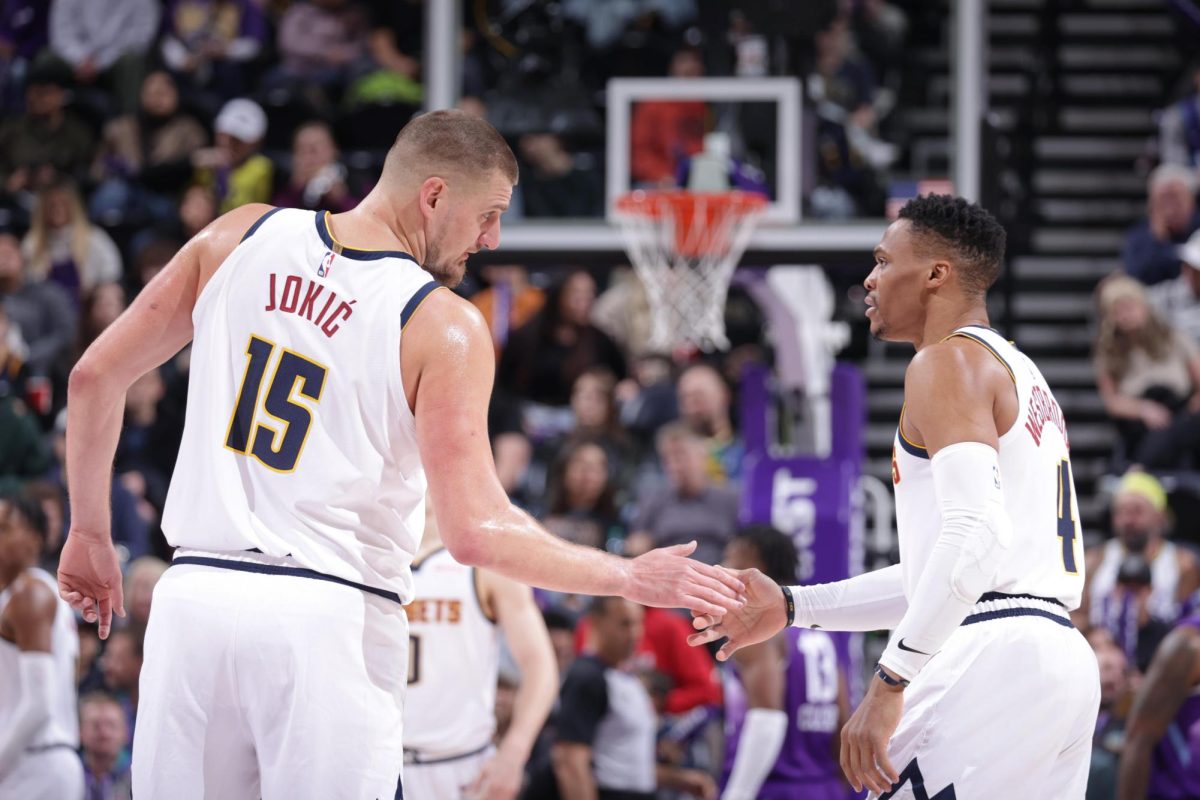


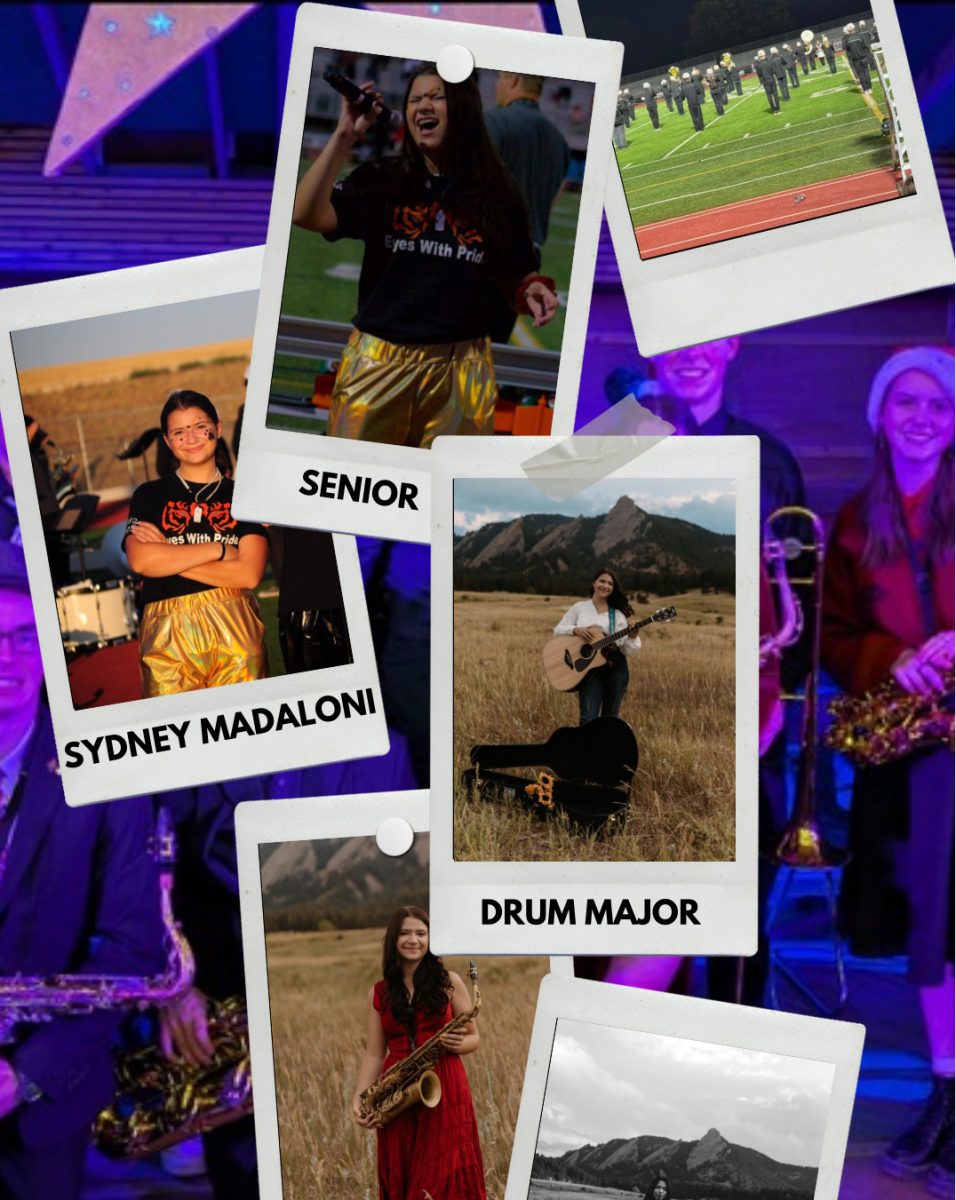








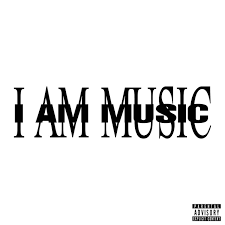
















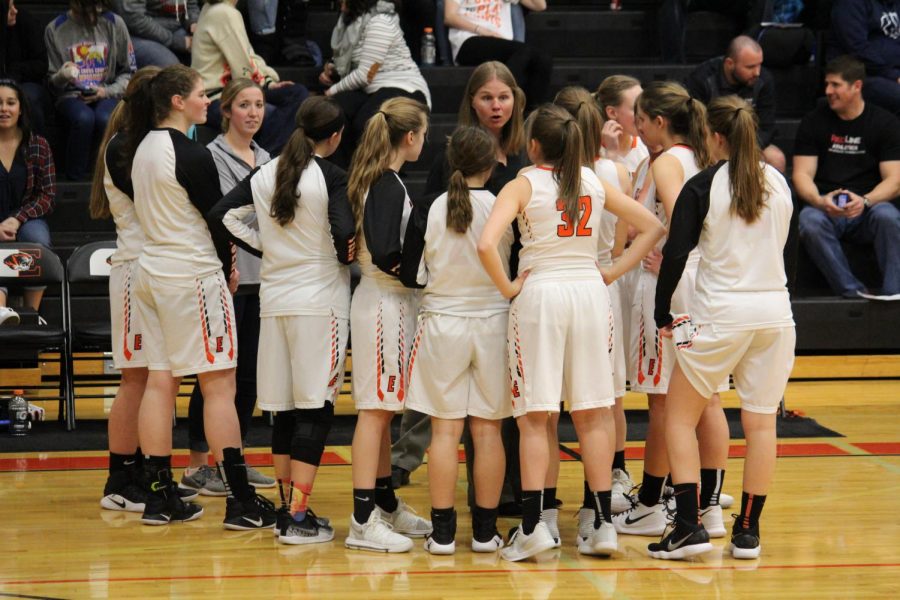


Isabelle Spetalieri • Mar 22, 2018 at 9:51 am
I really enjoyed reading this story. Quite inspiring and fun to read!